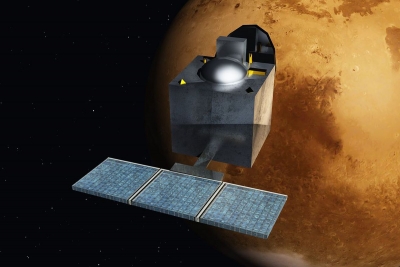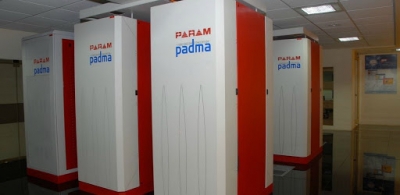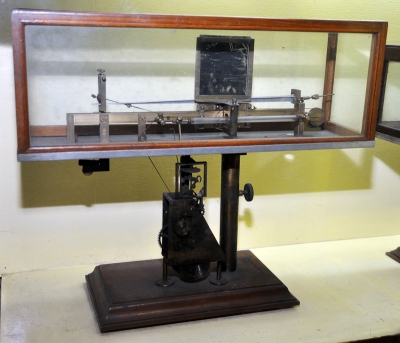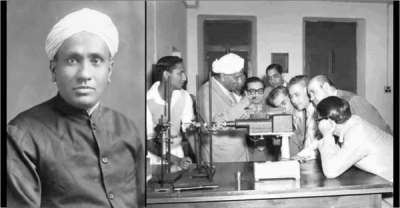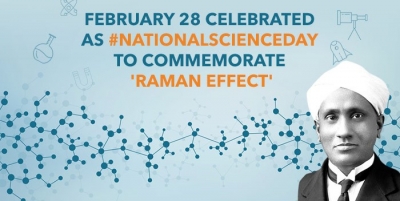When Pokhran I and II test was conducted?
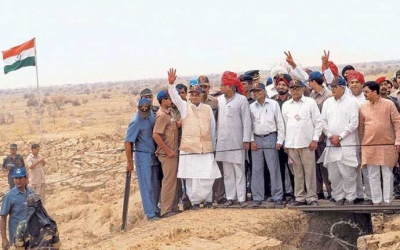
India’s nuclear programme kicked off just a year after the Independence in 1948 with the formation of Indian Atomic Energy Commission with Homi Jehangir Bhabha as the chairman. On May 18, 1974, India conducted its first test, a plutonium implosion device in Rajasthan’s Pokhran desert, which the government described as a ‘peaceful nuclear explosion’. Pokhran 1 was a fission nuclear explosive test.
Pokhran –II, the second nuclear weapon test, came on May 11, 1988. Scientists conducted a series of nuclear tests of advanced weapons, including a thermonuclear device, at Pokhran. It consisted of one fusion bomb and four fission bombs. The tests achieved their main objective of giving India the capability to build weapons with yields up to 200 kilotons. On May 13, 1998, then Prime Minister Atal Behari Vajpayee announced India’s new status as the world’s sixth nuclear weapons armed power.
Picture Credit : Google
